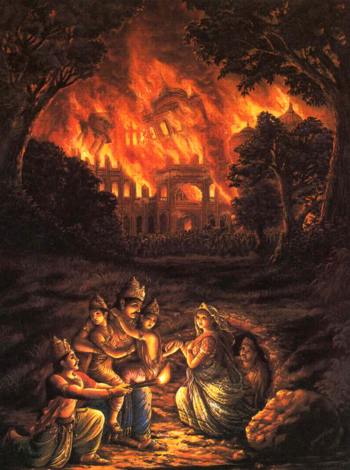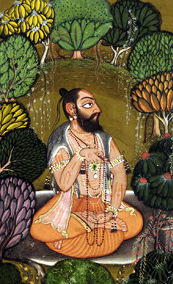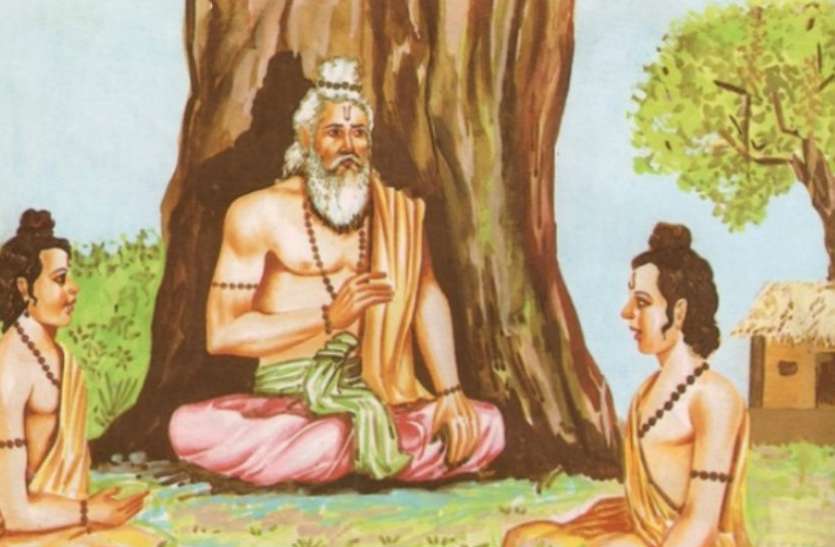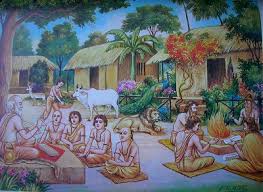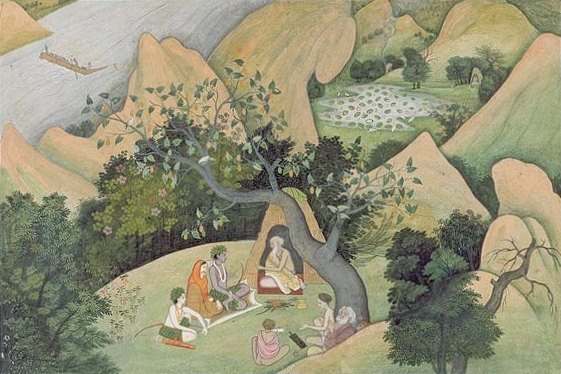Who is the Udupi Shankaracharya?
Madhvacharya is the Udupi Shankaracharya. His Holiness Shree Shree Madhvacharya had presented his incarnation from Vayu on the Vijayadashami day in 1238 AD, at Pajaka in Udupi district of Karnataka in India as the first son to Smt. Vedavati and Sri Narayana Bhatta. Since the house of Narayana Batta was in the middle of a colony, he was also famous by his house name, in local Tulu dialect, as Naddanthillaya, which makes a sense of owner of the house in the middle of the colony. His holy life was amalgamated with the lotus feet of Maha Vishnu on 1317 CE.

The initial name of Madhvacharya, prior to bestowing him as the Holy Swamiji of Udupi, was generally referred by the assigned name of Purnaprajna being officially granted by his Guru. During the Purvashrama, his name was Vasudeva but later he was delighted as a holy pontiff of Udupi. The disciples of His Holiness assigned him the honorable name of Madhvacharya. Usually, his family followed Vaishnavite theologies and was following practical and social performances of the school of Shankara philosophy.
The common Indian word for the cultural rituals or the lively routine activities is called the Dharmic Achara or simply as Achara. Acharya means a person like a priest who performs and preaches, along with highlighting ancient and ever-lasting theologies or acharas of Sanathana Dharma, the naturally evolved, scientific social customs.
What was the specialty of Madhvacharya ?
Until Madhvacharya became a pontiff, his previous traditional teachers were following what the great Indian seer Shankaracharya had renovated. But gradually, Madhvacharya developed many social outlooks of Sanathana Dharma within the lessons of his own experiences. He felt that, in the later periods, debates would become more prominent and hence rituals should be based on scientific proofs and such plain protective approach that was originally faced by Jagadguru Shankaracharya also.
Continue reading
